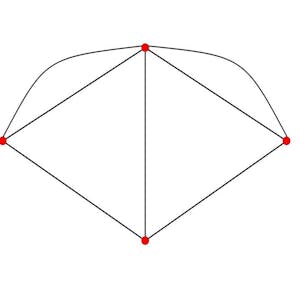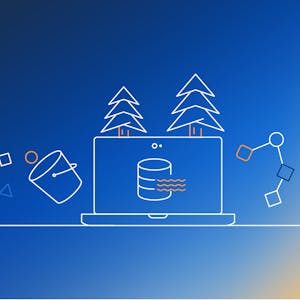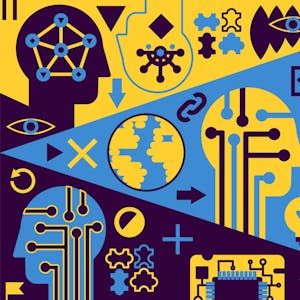Social and Economic Networks: Models and Analysis
About this Course
Learn how to model social and economic networks and their impact on human behavior. How do networks form, why do they exhibit certain patterns, and how does their structure impact diffusion, learning, and other behaviors? We will bring together models and techniques from economics, sociology, math, physics, statistics and computer science to answer these questions. The course begins with some empirical background on social and economic networks, and an overview of concepts used to describe and measure networks. Next, we will cover a set of models of how networks form, including random network models as well as strategic formation models, and some hybrids. We will then discuss a series of models of how networks impact behavior, including contagion, diffusion, learning, and peer influences. You can find a more detailed syllabus here: You can find a short introductory videao here:Created by: Stanford University

Related Online Courses
The fundamental-level course is typically designed for individuals with a basic understanding of data storage and processing concepts but little to no prior experience with building data lakes on... more
In this guided project, you\'ll uncover the secrets to writing efficient and clean Kotlin code by mastering its streamlined syntax features. Perfect for developers with a basic understanding of... more
Explore the transformative potential of artificial intelligence in the marketing landscape. This course is designed to help you distinguish between the opportunities for developing new AI... more
This course is an introduction to ecology and ecosystem dynamics using a systems thinking lens. Through a case study on Mozambique\'s Gorongosa National Park, learners will explore how scientists... more
Programming and complexity thinking are key skills for approaching 21st century challenges. NetTango Builder is a tool that allows for the creation of blocks-based programming experiences based on... more








